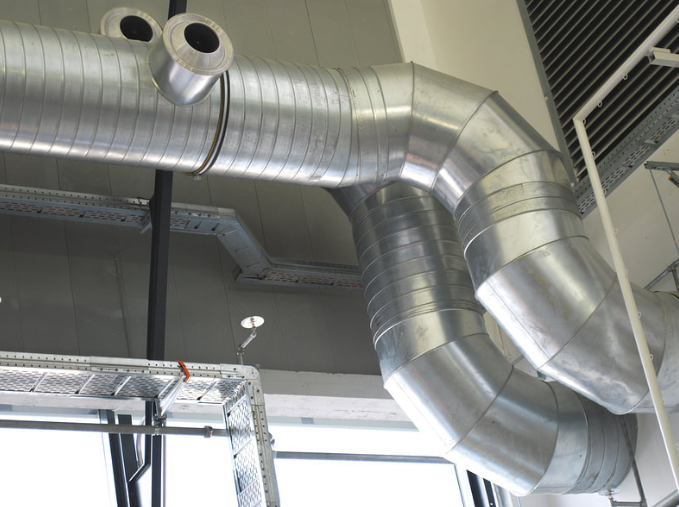Your office is a place of business and productivity. Your duct system helps the building’s occupants feel comfortable, but did you know that the building itself is spreading contaminants in the office? Allergens build up in the air vents and those allergens, over time, can make the entire workplace unpleasant to work in.

Did you know that duct cleaning is one of the biggest factors when it comes to your health and safety in the workplace? With many business owners and companies taking a new look at the ways they can keep their customers and employees safer in the air they breathe, many things need to be done to keep your surroundings healthy.
One way is to hire a company for commercial duct cleaning in Seattle to overlook your duct system and ensure your ducts are not a haven of dust, dirt, and allergens. Hiring a duct cleaning service every few years will save you money in the long run.
What is Commercial Duct Cleaning?
When you choose Pure Air for air duct cleaning in Maryland it offers a professional service that cleans and sanitizes the various components of your HVAC system. This includes motor housing, fan housing, internal air ducts, supply air ducts, return air ducts, unit housing, diffusers, grills, cooling coils, heating coils, drain pans, and heat exchangers. Duct cleaning is recommended at least once a year but is often more frequent in businesses with a high level of dust and debris accumulation.
With commercial duct cleaning, you lower your HVAC energy costs, improve employee morale and productivity, and keep dust, mold, bacteria, mildew, and dirt from circulating throughout your office.
Benefits of Commercial Duct Cleaning
Commercial air duct cleaning will help to improve the air quality in your commercial building by removing allergens, dust, and other contaminants from the air. It is important to have your air ducts cleaned regularly to ensure that the air in your building is clean and safe.
- Air duct cleaning is necessary to improve air quality and reduce fire risk.
- Air duct cleaning increases the energy efficiency of your HVAC system and lowers utility bills.
- Cleaning the air ducts regularly removes or reduces unpleasant odors.
A commercial duct cleaning service uses specialized tools to reach all the corners and crevices of your duct system to clean and sanitize them. You need to make sure that you’re hiring professionals and not a fly-by-night company with an impossibly low-cost deal.
When Do I Need To Have My Ducts Cleaned?
With the increase of establishments utilizing air conditioning and heating systems, air ducts are now one of the most common places for dust and dirt to gather. Because most air ducts are located in the ceilings and walls of your house, they are often hard to access, making them difficult to clean.
Industrial, commercial, and healthcare buildings need to have their air ducts cleaned at least once a year. If a building hasn’t had duct cleaning done in the past two years, it’s time to have them serviced again by searching for ‘air duct cleaning near me‘, as this is a job best left to professionals. There is no set schedule but the more people are within your space, the faster dust and debris will build up in the ducts. Maintaining clean air in your building is an important step in managing a healthy work environment.
How To Look For A Commercial Duct Cleaning Company
We believe that choosing a qualified professional service provider merits thorough research, planning, and attention to detail. Here are some helpful tips so that you can make a smart decision for your duct cleaning needs:
- Research the company’s history, training, and certifications—it’s important to know they have the credentials and experience to tackle your job.
- Ask for details about training, certifications, insurance, and more.
- Take caution on your cleaning provider choices. Not all companies provide air duct cleaning services since this is not a service offered by retailers and installers of forced air heating/cooling equipment that primarily sell and install furnaces, air conditioners, heat pumps, and ventilation equipment.



